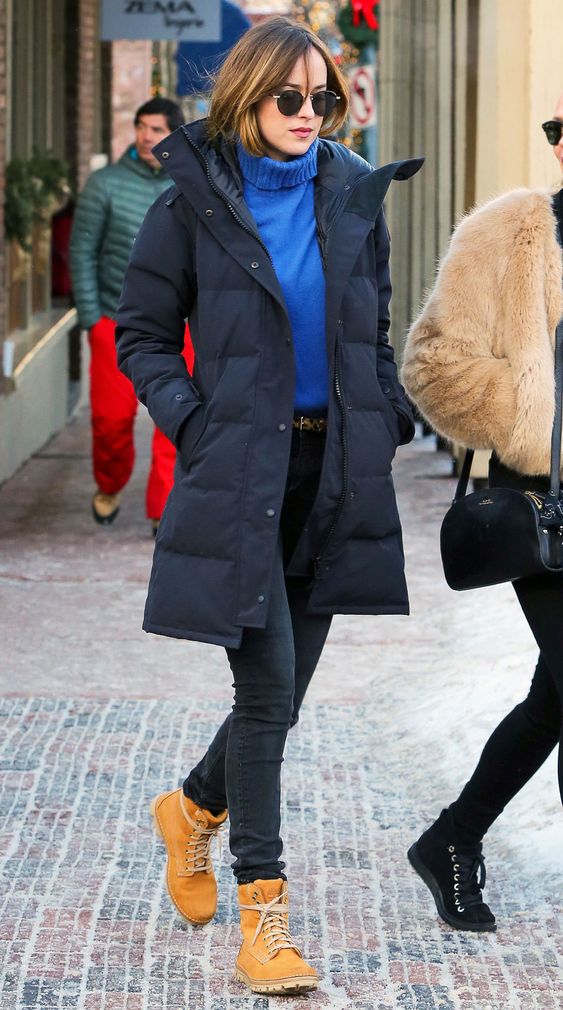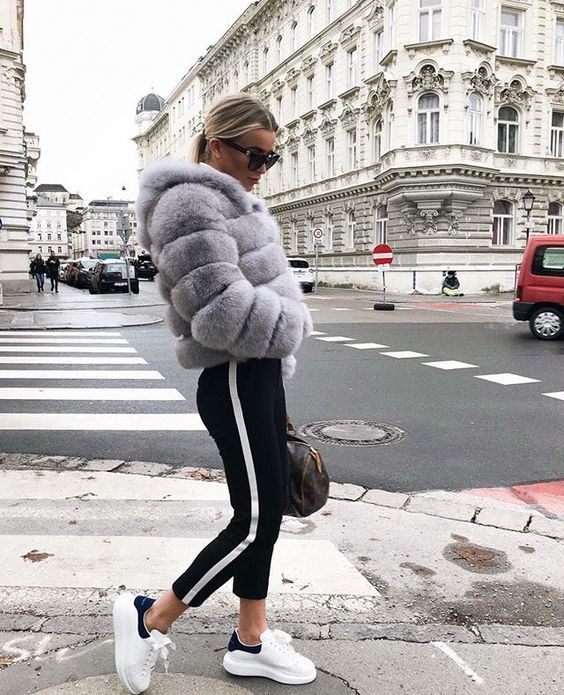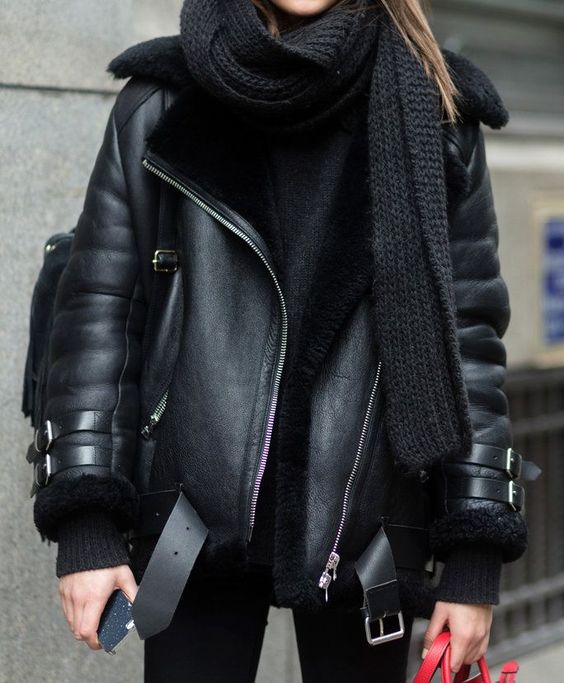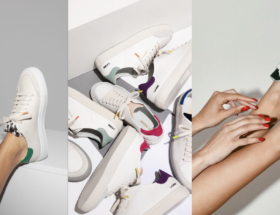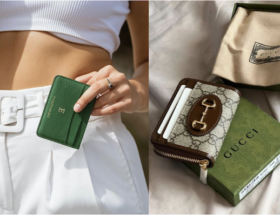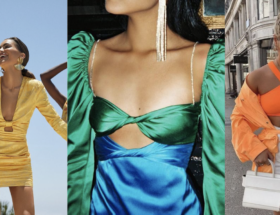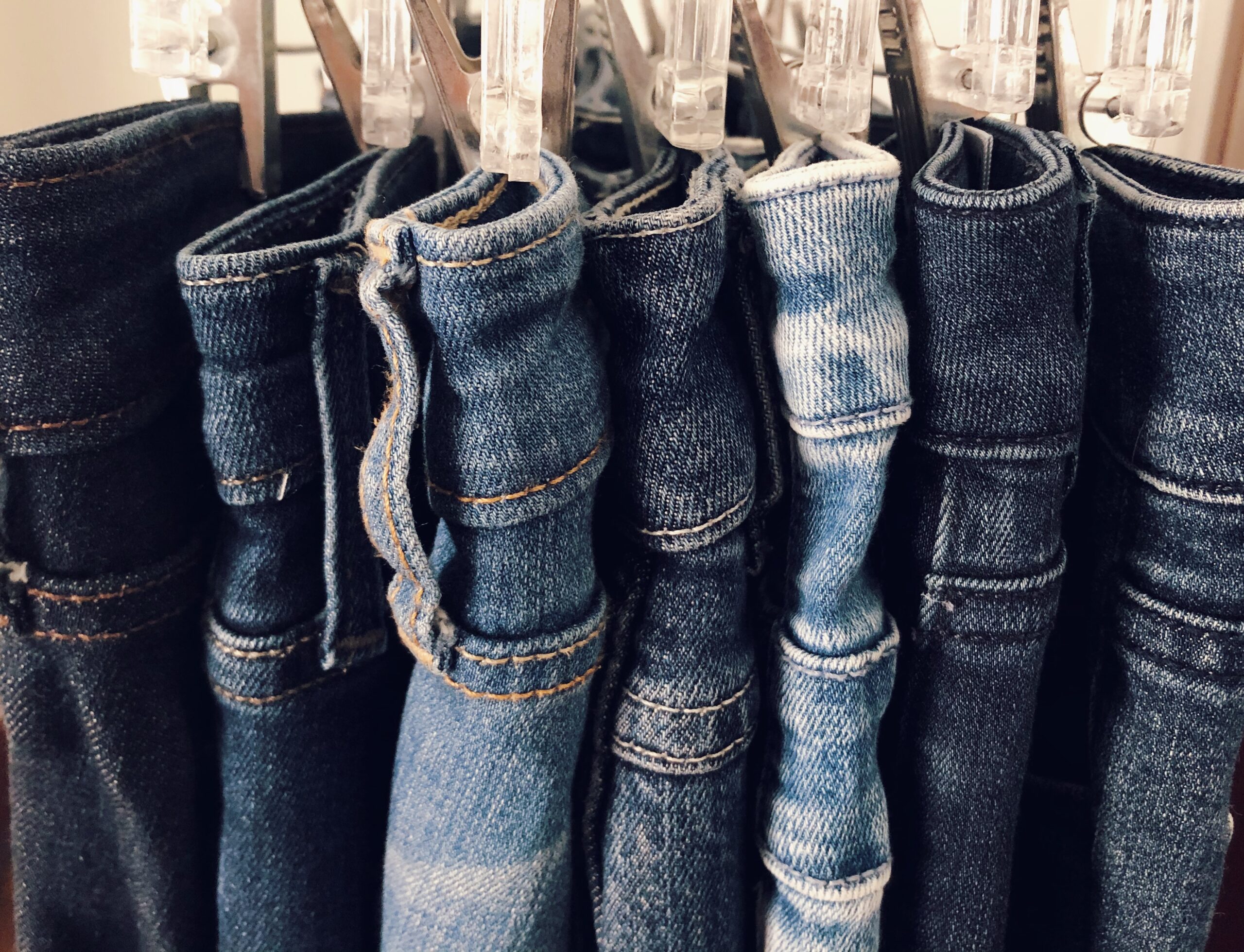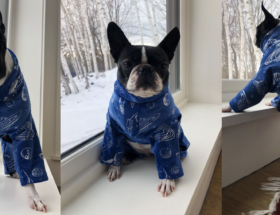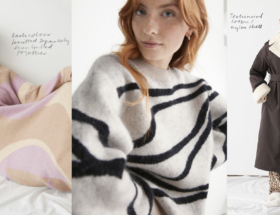This guide will give you the top tips you need when finding the best winter coat. These tips come from someone who grew up in the northeast and has endured many freezing New Hampshire winters. I have also lived in London, England during the winter and understand the struggle of keeping warm while looking cute.
Step 1: Decide Your Location (Climate, Rural vs. City)
The location you are living in says a lot about which coat you will need. First, you need to decide on the climate. You will need a different coat depending on how cold a winter you are expecting to experience. Below are some weather brackets you can place yourself in:
- 50°F + (LA, California)
- 30°F – 40°F (Washington, DC)
- 20°F – 30°F (Boston, MA)
- 0°F – 20°F (Northern NH)
Once you have located your temperature bracket you then need to take into consideration if you are living in a city or a rural area. From experience, I have noticed that people in the city tend to layer more and wear sleek wool jackets whereas people in rural areas are more likely to wear parkas. Living in the city may mean that you are going from place to place and walking around a lot throughout your day. Layering is a perfect way to keep warm outside while being able to easily shed layers depending on where you are. Coffee shops, public transportation, and work all have different temperatures so being able to quickly adjust is key. Layering also allows you to wear a long wool coat without having to worry too much about it keeping you warm because of all your extra layers underneath; hence, city chic. Living in a rural area may mean that you are driving from point A to point B which means you can get away without layering and just throwing on a big puffer for the times you are outside.

Here are some examples of winter coat styles. This picture is just the tip of the iceberg when it comes to winter jacket styles. Common styles include a long winter parka, short puffer jacket, long wool jacket, and furry jackets. Jackets come in all different materials. They can include wool, down, fleece, faux fur, fur, leather, and suede.
Step 2: Decide On a Style
Once you have decided on your location you are one step closer to finding your perfect coat! Step two is deciding on a style that fits your needs. Here are my suggestions for each location and temperature.
If You Live In a City…
- 50°F + — Leather jacket or any cropped puffer/teddy
- 30°F – 40°F — Wool coat, faux fur coat
- 20°F – 30°F — Wool coat, faux fur coat, fur-lined leather jacket
- 0°F – 20°F — Parka, fur jacket
If You Live Somewhere Rural…
- 50°F + — Leather jacket or fleece-lined jean jacket
- 30°F – 40°F — Wool coat, teddy jacket
- 20°F – 30°F — Wool coat, parka, puffer jacket
- 0°F – 20°F — Parka, puffer jacket
Step 3: Decide On a Color
Once you have decided on the style of jacket you want, the color is the next big decision. If you are buying one jacket for the season I suggest going with a neutral color that will match everything. My favorite jackets are grey or taupe.
Concluding Advice
If you live in a cold climate — where the weather is below 30°F all winter long — you will need to invest in an expensive parka if you want to stay warm. I have yet to find a good winter coat under $150. If you find yourself still looking for the perfect winter coat after living in a cold climate for many years you may be settling on inexpensive jackets that you have to keep replacing. My recommendation is to do research and buy one good coat once rather than many cheaper coats. Take this financial tip with a grain of salt. If you know you are someone who cannot live with only one winter jacket and like variety, you may be better off with multiple inexpensive winter coats you can rotate through. After surviving many New Hampshire winters I have grown to understand that Canada Goose jackets are indeed something worth investing in and should not be overlooked. However, wearing a Canada Goose jacket in climates where the winter temperature only hovers around freezing is completely unnecessary and there are much cheaper coats on the market that will keep you warm.
If you have decided on a parka and live in a cold environment here are my top tips for finding the perfect parka.
The fur on the outside of the jacket’s hood is extremely important and is there for a reason. This fur prevents snow from blowing into your face when it is windy and/or snowing outside. Putting your hood up acts as an extra layer of protection from the elements and the snow will cling onto the fur instead of hitting your face.
The longer the coat, the warmer you will be. A winter coat that goes down to the middle of your thighs or knees is the ideal length as it will help to keep you warmer but will not be too long to bother you when walking.
Down coats really are the warmest. If you are trying to stay warm, the best material for insulating you is down feathers. Down is nearly warmer than all synthetic materials so it is worth it to invest in a down coat.
My Top Winter Jacket of All Time
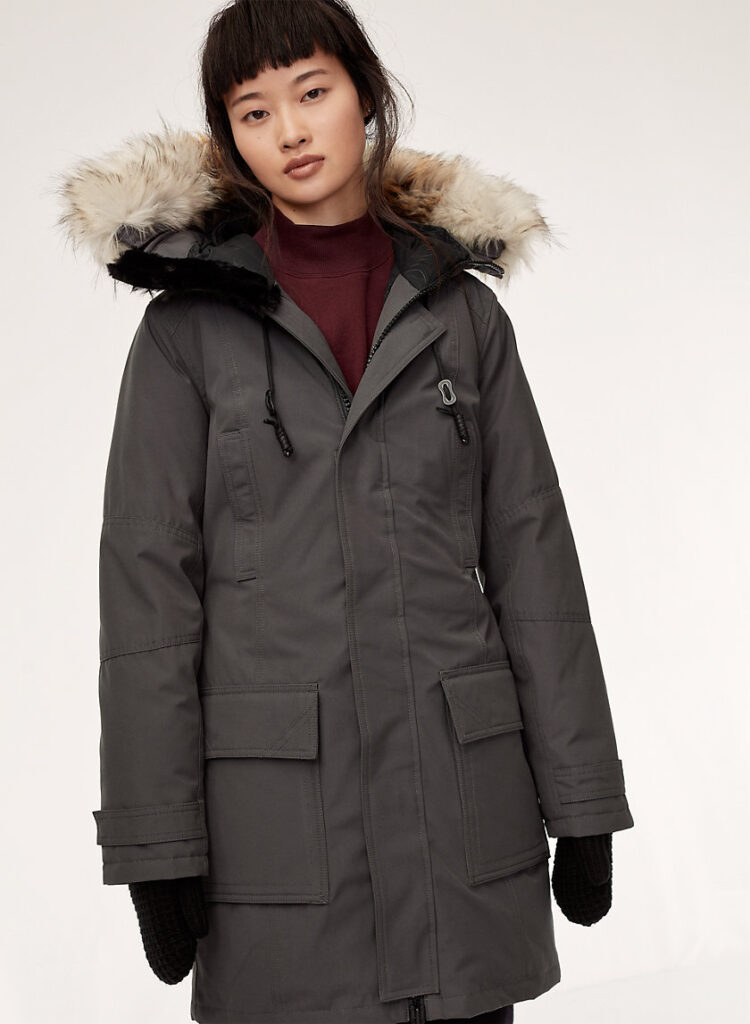
The TNA Bancroft Parka by Aritzia is my all time favorite winter jacket. I bought this jacket seven years ago and have worn it every day in the winter and it is still in amazing shape! This jacket is $378 and is worth every penny. The jacket is made with 100% responsibly sourced goose down, waterproof and windproof fabric, and claims to keep you warm up to -22°F (which is confirmed from my experience). All closures on the pockets and in front of the main zipper are magnetic which is a GAME CHANGER. No velcro means never ruining a scarf if you accidentally get it caught in your jacket!! I cannot say enough good things about this jacket. Aritzia is a Canadian clothing brand and the Canadians truly know winter coats. I recommend many of their winter coats.

